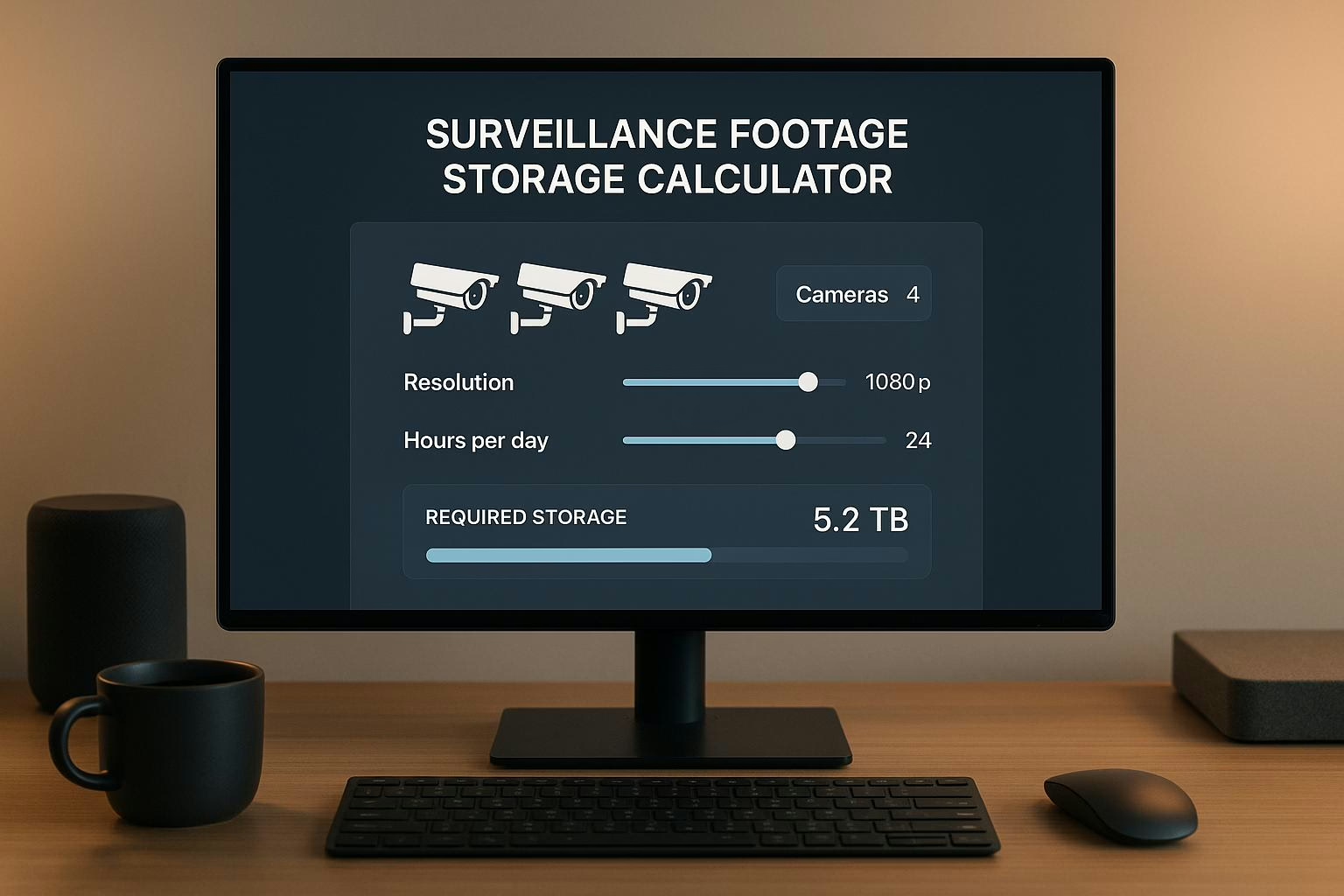Plan Your Security Setup with a Surveillance Storage Calculator
When setting up a CCTV system, one of the biggest challenges is figuring out how much storage you’ll need for all that video data. Whether you’re securing a small shop or a sprawling property, underestimating capacity can leave you with gaps in footage, while overbuying drives up costs. That’s where a tool to estimate video surveillance storage comes in handy—it helps you nail down the exact space required based on your unique setup.
Why Storage Planning Matters
Security cameras record constantly, often at high resolutions like 1080p or 4K, generating massive amounts of data. Factors like the number of cameras, frame rate, and how long you want to keep recordings all play a role. For instance, a single 4K camera at 30 fps can chew through terabytes in just a few weeks. Without a clear plan, you might find yourself scrambling for extra hard drives or losing critical footage. A quick calculation can save you that headache, ensuring you’ve got enough room for every frame—whether you’re storing days or months of video.
Tailor Your System
Every setup is different. Maybe you’ve got a couple of cameras at home or a dozen at a warehouse. By crunching the numbers on resolution and recording duration, you can make smart choices about hardware or cloud options. It’s all about balancing quality with practicality for peace of mind.
FAQs
How accurate is this surveillance storage calculator?
This tool provides a solid estimate based on average bitrates for different resolutions—2 Mbps for 720p, 5 Mbps for 1080p, and 12 Mbps for 4K—adjusted for frame rate and recording time. That said, actual storage can vary depending on your camera’s compression settings, motion detection, or specific hardware. Think of this as a reliable starting point to plan your needs, and consider a buffer if your setup uses minimal compression.
What storage solution should I choose for my footage?
It depends on your total storage needs and access requirements. For smaller setups under 1 TB, external hard drives are cost-effective and easy to manage. If you’re dealing with over 1 TB, or need remote access, cloud storage might be a better fit despite the recurring cost. For large-scale systems, a dedicated NAS (Network Attached Storage) offers both capacity and reliability. Our tool will suggest options based on your results.
Does frame rate really impact storage that much?
Absolutely, frame rate can make a huge difference! A higher frame rate like 60 fps captures more frames per second, which multiplies the data—up to 4x compared to 15 fps. If smooth video isn’t critical for your surveillance, sticking to 15 or 30 fps can save a ton of space. Our calculator factors this in so you can see the impact right away and decide what works for your setup.

